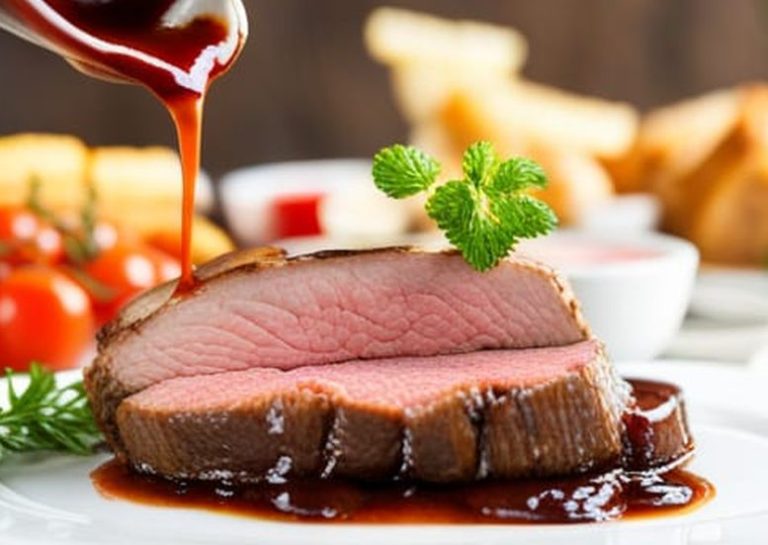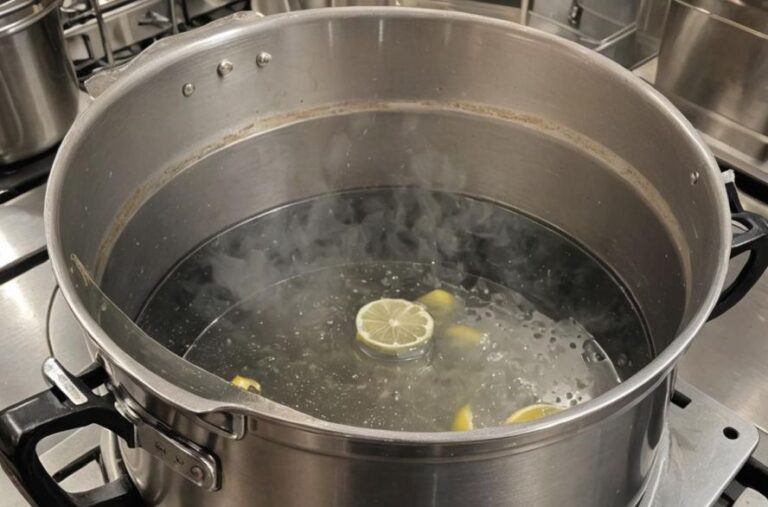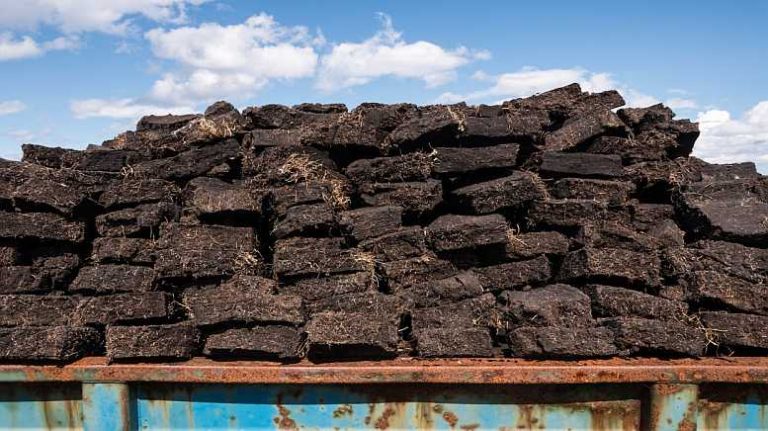Troubleshooting Home Distilling Issues: How to Get Best Quality
HOME DISTILLING can be a rewarding process, but it’s not without its challenges. From off-flavours to cloudy spirits, understanding how to troubleshoot common issues will help you achieve top-quality results.
Here’s a guide to pinpointing and fixing some of the most frequent problems encountered in home distillation.
1. Cloudy Distillate
Cloudiness is one of the most common issues faced by home distillers. It can be caused by various factors:
- Temperature Issues: If you collect your spirit too quickly or at too high a temperature, impurities can carry over. Always maintain a steady distillation temperature and don’t rush the process.
- Contaminants: Residual oils, fats, or proteins left in the still from a previous run can cause cloudiness. Thoroughly clean your still before each run, especially if you’re distilling different types of washes.
- Excessive Water in Your Distillate: Diluting your spirit too quickly or adding water with high mineral content can lead to cloudiness. Always use distilled water for dilution and add it slowly.
Solution: Distill your product again at a lower temperature or dilute with distilled water if cloudiness persists.
2. Off-Flavors or Bad Smell
Off-flavors and unwanted aromas are usually signs that something went wrong during fermentation or distillation. Here’s what to check:
- Improper Fermentation: Yeast health plays a significant role in your final product. If your yeast was stressed—perhaps due to high temperatures or insufficient nutrients—it might have produced off-flavors.
- Insufficient Cuts: The home distilling process involves separating the heads, hearts, and tails. If your cuts weren’t precise, you might have included undesirable elements. Heads can introduce a solvent-like aroma, while tails often bring in wet cardboard notes.
Solution: Use high-quality yeast with sufficient nutrients, monitor your fermentation temperature, and be diligent about making proper cuts. Don’t hesitate to discard more of the heads and tails if you notice off-flavors creeping in.
Get BRILLIANT Quality Alcohol Yield With This Amazing Distillers Yeast!
3. Low Alcohol Yield
Low alcohol yield can be disappointing, especially after the time invested in the process. Several factors might contribute to this issue:
- Insufficient Fermentation: Incomplete fermentation due to poor yeast activity or a low sugar concentration in your wash will result in lower alcohol yield. Always check the gravity readings before distilling to ensure fermentation has fully completed.
- Leaky Equipment: Even a small leak in your still can cause alcohol vapors to escape, reducing your yield. Regularly inspect your seals, gaskets, and joints for any signs of wear or damage.
Solution: Ensure you’re using fresh, high-quality yeast, and conduct a leak test on your equipment before each run by sealing everything up and running a small amount of water through the system.
4. Scorching or Burnt Flavor
A burnt or scorched taste in your distillate can ruin an otherwise successful run. This problem often arises when using heat sources that are too intense or due to solids present in your wash.
- High Heat: Applying excessive heat can cause the wash to scorch, especially if you’re using a direct-heat still. Always start with low heat and gradually increase it.
- Wash Containing Solids: If your wash contains grain, fruit pulp, or other solids, these can settle at the bottom and burn during distillation.
Solution: Use a water bath or indirect heating method for washes containing solids. Alternatively, strain your wash thoroughly before distillation to remove any particles.
Get what you paid for… WITHOUT PAYING FREIGHT!
5. Metallic Taste
A metallic taste is a sign that your spirit has come into contact with something it shouldn’t. 
This could be due to:
- Corroded Equipment: Regularly inspect your still for corrosion, especially if it’s made from copper or has copper components. Copper is great for removing sulfur compounds, but over time, it can corrode and affect the flavor.
- Improper Cleaning: Residual cleaning agents or detergents can impart a metallic flavor. Rinse your equipment thoroughly with clean water after each cleaning session.
Solution: Regularly maintain and clean your home distilling equipment, and avoid using harsh chemicals. Opt for citric acid or vinegar for periodic deep cleans.
6. Stuck Fermentation
Stuck fermentation occurs when yeast activity halts before the sugars are fully converted to alcohol. This can be caused by:
- Temperature Fluctuations: Yeast is sensitive to temperature, and swings outside its optimal range can cause it to go dormant.
- Nutrient Deficiency: Yeast needs nutrients to thrive, especially when fermenting sugar washes, which don’t naturally contain enough nutrients.
Solution: Maintain a consistent temperature in your fermentation space and consider adding yeast nutrients or energizers to keep fermentation on track. You’re in front if you use Global Flavors Distillers Yeast because it already has its own nutrients in every packet!
For the BEST Taste, You Need the BEST Yeast to Make the BEST Neutral… Right Here
7. Overheating and Boil-Overs
Boil-overs can create a mess and impact the quality of your distillate. They’re often caused by:
- Overfilling the Boiler: Always leave some headspace in your boiler to prevent wash from foaming over.
- Rapid Temperature Increase: Gradually heat your wash to avoid sudden boiling.
Solution: Keep an eye on the heating process, and never fill the boiler more than two-thirds full.
Final Tips for Ensuring Quality
- Regular Cleaning: In home distilling, a clean still is a happy still. Residual oils, sugars, or other compounds can negatively affect future batches.
- Monitor Alcohol Content: Invest in a good alcohol hydrometer to measure the strength of your product throughout the distillation process.
- Patience: Quality takes time. Rushing the distillation process is a sure way to end up with subpar results. Take your time, make proper cuts, and allow your spirits to breathe and mature.
Get your order shipped FREE anywhere in Australia… even to Norfolk Island!
Mastering these troubleshooting techniques will help you produce a high-quality spirit every time. Keep refining your process, and soon you’ll be enjoying consistently superior results from your home distillation setup.
Until next time… Happy Distilling!
Cheers

Questions about Spirit Essences or Home Distilling?
Phone John direct NOW – 0414 955 743
Visit Our Spirit Essences Facebook Page
Global Flavours’ HOME DISTILLERS CLUB Facebook Group






